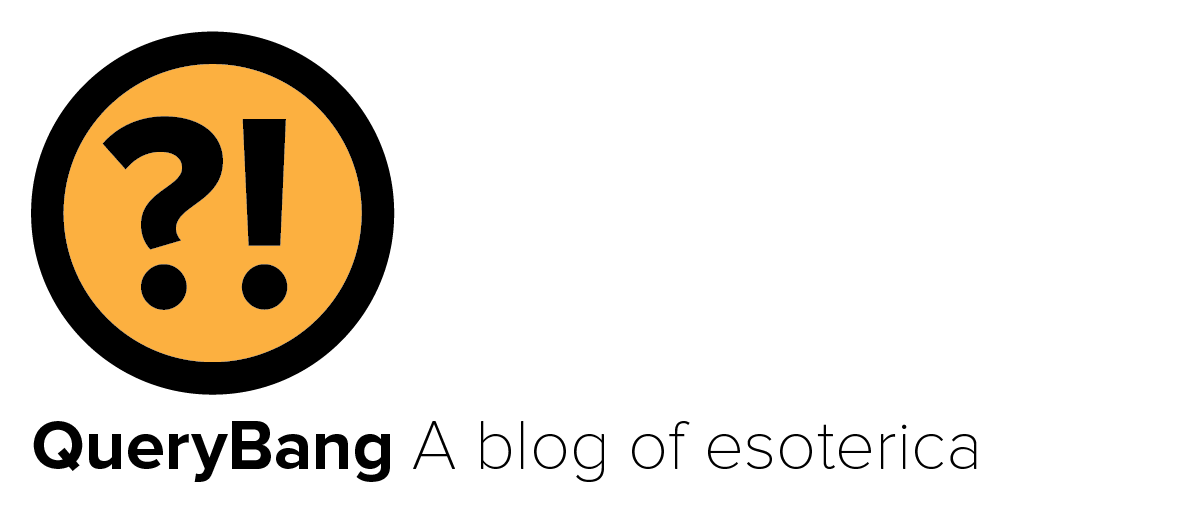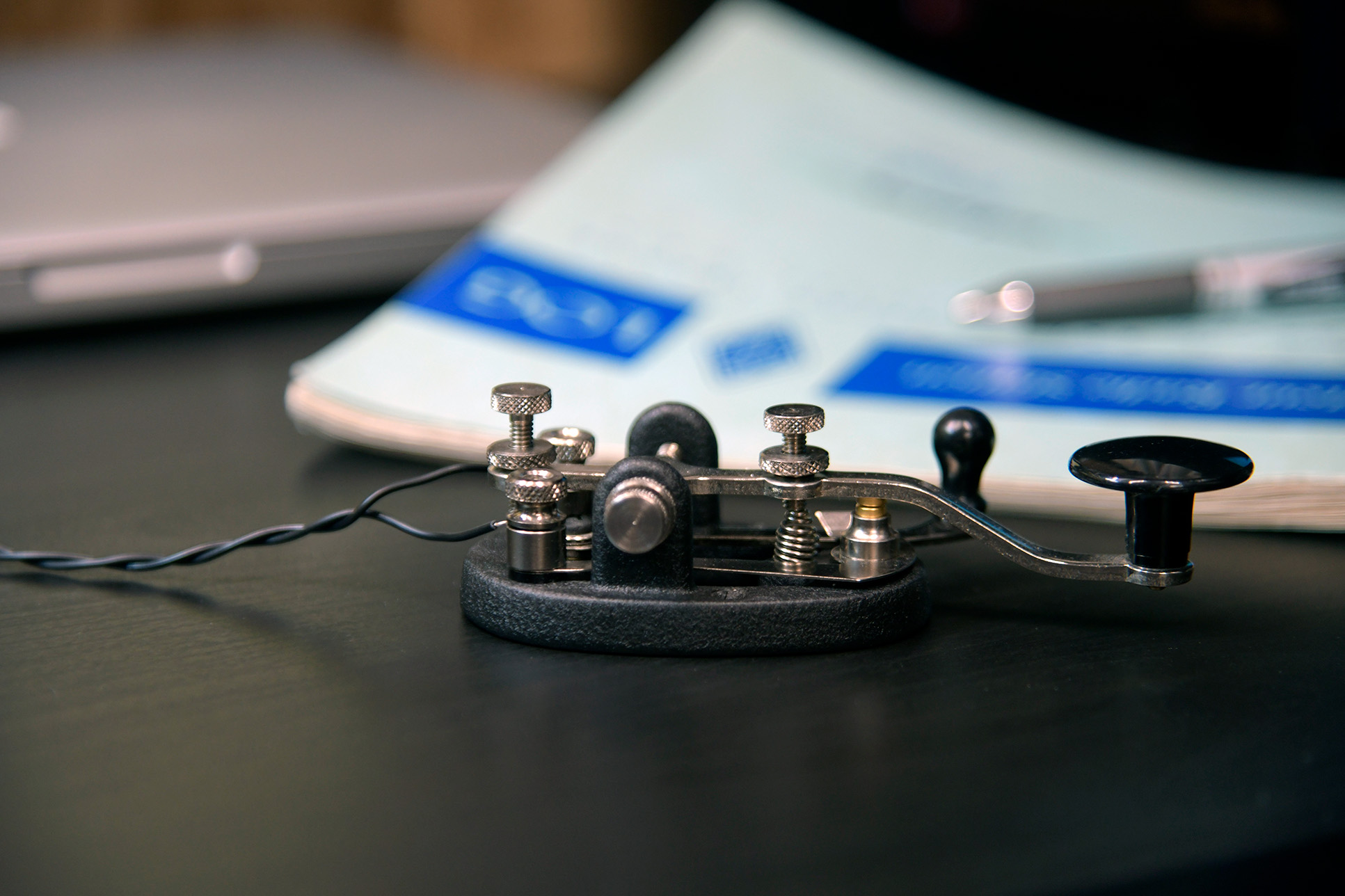I’ve had a slightly fraught relationship with the amateur radio hobby, better (perhaps) known as ham radio, since first getting my license as a youngster back in 1977. My various entries and exits from it resemble a depiction of alternating current — or more recently, like a lack of current at all. The last time I was particularly active, according to my (written) logbooks, was 2003. I renewed my license in 2009, but when the next decade’s renewal interval came in 2019, I allowed it to expire, convinced that I was gone for good.
Nothing, however, really stays the same, and my decision to be done with it all came to a surprising end in mid-2024 when my dad (also a ham, although an inactive one himself) asked me straight-up whether I’d ever considered getting relicensed. His reason was an interesting one: He was thinking about whether I’d have any interest in his ham radio callsign when the time comes that he becomes a silent key — ham radio speak for dying. Here in the United States, the Federal Communications Commission (FCC), which governs amateur radio services, has a special provision for situations like this; family members can essentially “inherit” a family member’s callsign upon their death through the vanity callsign program. My dad has a coveted 1×2 callsign, one that had never before been issued to anyone else, and it’s been his for roughly half a century.
Anyway, I’d never really thought about it, but the truth is that I’d be honored to carry his callsign when the inevitable day does arrive. The trouble was, I’d have to be a licensed amateur to do that, and I no longer was. So, step one? Fix that.
Getting Relicensed
The FCC makes it pretty simple to get an expired license back. I’d first have to pass the lowest-level written examination, after which I could receive “credit” for my former license to restore the full, previously held privileges.
In the United States, there are three license classes these days (at one point, two others existed); they are currently Technician, General, and Amateur Extra. I’d previously held an Extra, so passing the Technician exam and having my expired Extra class license would get me back where I used to be. After spending a week or so intensely studying for the exam — which required a lot of refreshing on both electronics and regulatory knowledge — I attended a local VE testing session, and aced the exam. To be sure, answering every question correctly was an unexpected surprise that added to the satisfaction of the outcome. Then, within just 48 hours, I was in possession of my reinstated license, along with a brand new callsign: AFØAJ.
My thanks to Alan, ACØF, Marc, KCØBFH, and Lee, W3OO — the proctors who administered the testing session in conjunction with the Laurel (LARC) VEC and the local Patriot VE Team, who do this at no cost to the ham radio community. I was thankful to these guys for spending a healthy portion of their Saturday personal time to do the exam session — especially since I was the only one who’d registered to take a test that day.
Now What?
With my newly minted license in-hand, I can inherit my dad’s callsign when the time comes. But it left open the question of what to do with the hobby in the here and now. As I write this entry, I’m still trying to figure that out.
As I mentioned at the outset, I’ve always had a bit of a fraught relationship with ham radio, and it stems from the ham radio community, which like any other random population sample, is composed of a wide array of people with a wide array of personalities, interests, beliefs, temperaments, and everything else. And as with any other random population sample, I don’t and never have felt like I particularly belong.
For a start, I’m a multipotentialite in a world built for specialists, and additionally, I describe myself as neurodivergent because, while undiagnosed, I exhibit virtually all of the traditional markers of having ADHD. The net-net is that I rarely feel like I belong anywhere, and certainly haven’t ever found what feels like “my tribe” in any setting. That ham radio skews to an older demographic, as well as one seemingly not well-aligned with my worldview, has always made me feel out-of-place. As a result, it’s never been very comfortable for me to pick-up a microphone and have a conversation with a random stranger about whatever topics organically arise, what hams refer to as “rag-chewing.”
Thankfully, ham radio offers a (very) wide array of options for participation, and since I was first licensed, I’ve always preferred CW. For the uninitiated, CW stands for continuous wave, but the easier way of referring to it is Morse code. Yes, the dits and dahs associated with telegraph operations, mostly back in the 19th century. When first licensed as a Novice class operator, I was legally allowed only to use CW, and I took to it rather like a fish to water, at one point easily sending and copying at around 30 WPM (words per minute) or better. I loved Morse code, and I still do, although at the moment, my copying abilities have slowed to around 15 WPM (which is still not that bad).
In any event, later on, around 2000, I started playing around with RTTY (radioteletype) and related modes like PSK31, which like CW, due to their nature, foster more purposeful, more focused contacts with others that don’t involve extensive amounts of “rag-chewing.” Just my speed, in other words.
The problem is that these modes are used primarily on HF (high frequency) radio bands, also known by some as shortwave bands; radio frequencies where, depending on conditions, you can communicate with others around the globe as the radio waves can bounce off the ionosphere under the right conditions, reflecting back to Earth at a distant location. That itself was a fascination with ham radio: the ability to communicate with people elsewhere in the world. In the pre-internet days, that was pretty cool stuff; not so much anymore, I suppose. But to use HF bands requires, generally, big and often unsightly antennas. When I was a teenager, and my dad was an active and dedicated ham operator, we had a beam antenna sitting atop a tower that was nearly 50 feet in the air (about 15m). Working DX, as it’s called (meaning distant stations) was not particularly difficult with the great set-up we had.
Today, however, I live in a covenant-controlled community, and the local HOA (homeowners association) doesn’t allow big ugly antennas. When I got my new license, I assumed I’d be limited to VHF and UHF bands, the type that are primarily used to chat with people locally, since radio waves at these frequencies generally don’t propagate outside one’s local area.
With that in-mind, I purchased a cheap handheld VHF/UHF radio from Amazon, thinking that’d be the scope of my participatory options. But it took me back to the main issue I mentioned above… I don’t like rag-chewing with random strangers about random things, and that’s mostly what VHF and UHF is used for.
I have used the handheld a bit, and expect to more, especially after I join one of the local ham radio clubs, which I intend to do. But, I still wanted to return to HF and my beloved CW — and to tinker with newer digital modes, like FT8.
So, What’s Next?
Thankfully, a visit to my dad in New Mexico recently resulted in some creative ideas for fashioning a stealthy HF antenna, and that’s underway. (I’ll blog about the details a little later on.) And my dad has offered to give me his Icom IC-7000 HF/VHF/UHF transceiver, which will be a sweet little radio, perfect for my type of HF work. I’ll be retrieving that from him in September 2024, and will write more about it when the time comes.
In the weeks between now and then, I can get the stealth antenna situated to my satisfaction, come-up with a tidy solution to get coaxial antenna cables between the antenna and my “ham shack” in the basement; I can practice my CW skills too and get my speeds back up to snuff; and I can always use the antenna to do some listening on the air with my old shortwave receiver. So, I’ll use the time well.
But here’s hoping that soon enough, I’ll be partying on the air like it’s 1977. And honestly, I’m looking forward to that.

